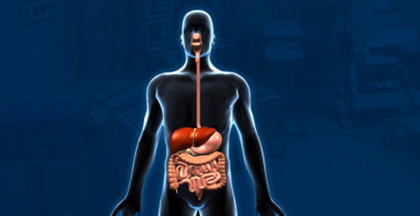The process of insertion of a long, thin tube directly into the body to observe an internal organ or tissue is called endoscopy. It is also used to carry out several other tasks including internal imaging and minor surgeries.
Endoscopes can be inserted into the openings of the body such as the mouth or anus and are therefore minimally invasive. It is very crucial you look for the Best Endoscopist in Kolkata or your city to eliminate all potential risks.
Alternatively, they can be inserted through small incisions made, for instance, in the abdomen or knee. Keyhole surgery are the surgeries completed through a small incision and with the help of special instruments, such as the endoscope
As modern endoscopy has relatively few risks, delivers detailed images, and is quick to perform, it has proven incredibly useful in many areas of medicine. Today, endoscopies are carried out each year in the tens of thousands.

The following article will try to explain some of the types of endoscopy, why and how they are performed, the general procedure, and any potential risks.
Few facts on endoscopy
- Endoscopies are quick and relatively safe procedures.
- The first endoscope was designed in 1806.
- Investigation, confirmation, and treatmentare the main reasons for endoscopy.
- Tumours or polyps from the digestive tractcan be removed with the help ofEndoscopy.
Types:
Endoscopy is useful for investigating many systems within the human body; these areas include:
- Esophagogastroduodenoscopy: esophagus, stomach, and duodenum
- Enteroscopy: small intestine
- Colonoscopy, sigmoidoscopy: large intestine/colon
- Rectoscopy: bile duct, rectum
- Anoscopy:anus.
- Cystoscopy:urinary tract
- Rhinoscopy: nose
- Bronchoscopy: lower respiratory tract.
- Otoscopy:Ear
- Laparoscopy: Made through a small incisionabdominal or pelvic cavity,
- Arthroscopy: interior of a joint.
- Thoracoscopy and Mediastinoscopy: organs of the chest
- Gynoscopy:Female reproductive tract
- Colposcopy: Cervix
- Hysteroscopy: Uterus
- Falloposcopy: Fallopian tubes
Preparation:
There is generally not required an overnight stay in the hospital and usually only takes about an hour to complete. You doctor will provide you with all the instructions about the preparation for the procedure.
Though it varies based on the type, the individual needs to fast for around 12 hours inmany types of endoscopy
The Best Gastroenterologist in Kolkata or your city might suggest alaxative to be taken the night before to clear the system for procedures investigating the gut
It is important to mention all current medications and supplements and any previous procedures before the doctor carry out the examination before the endoscopy.
The procedure:
The main three main reasons for carrying out an endoscopy is as follows:
Investigation: If the patient is vomiting, having abdominal pain, breathing disorders, stomach ulcers, difficulty in swallowing, or any gastrointestinal bleeding, an endoscope can help in determining the cause.
Confirmation of a diagnosis: Endoscopy can be used to carry out a biopsy to confirm a diagnosis of cancer or other diseases.
Treatment:an illness can be directly treated with the help of an endoscope; for instance, endoscopy can be used to cauterize a bleeding vessel or remove a polyp.
Sometimes, endoscopy will be combined with another procedure such as an ultrasound scan. It can be used to place the ultrasound probe close to organs that can be difficult to image, such as the pancreas.
Modern endoscopes are sometimes fitted with sensitive lights that use narrow band imaging. This type of imaging uses specific blue and green wavelengths that allow the doctor to spot precancerous conditions more easily.
An endoscopy is typically performed with a conscious patient, although sometimes the patient will receive local anaesthetic commonly with ananaesthetic spray to the back of the throat; often, the patient is sedated.
For endoscopy procedures involving entry through the mouth, a mouth guard will be used to protect the teeth and lips as the tube is inserted.

